Since 1661, Amsterdam has grown from its first coffeehouse into a vibrant third‑wave scene where festivals, circular start‑ups and coworking cafés show how history, innovation and sustainability meet in every cup. Every day baristas fill mugs while lightly roasted single origins reveal floral flavors.
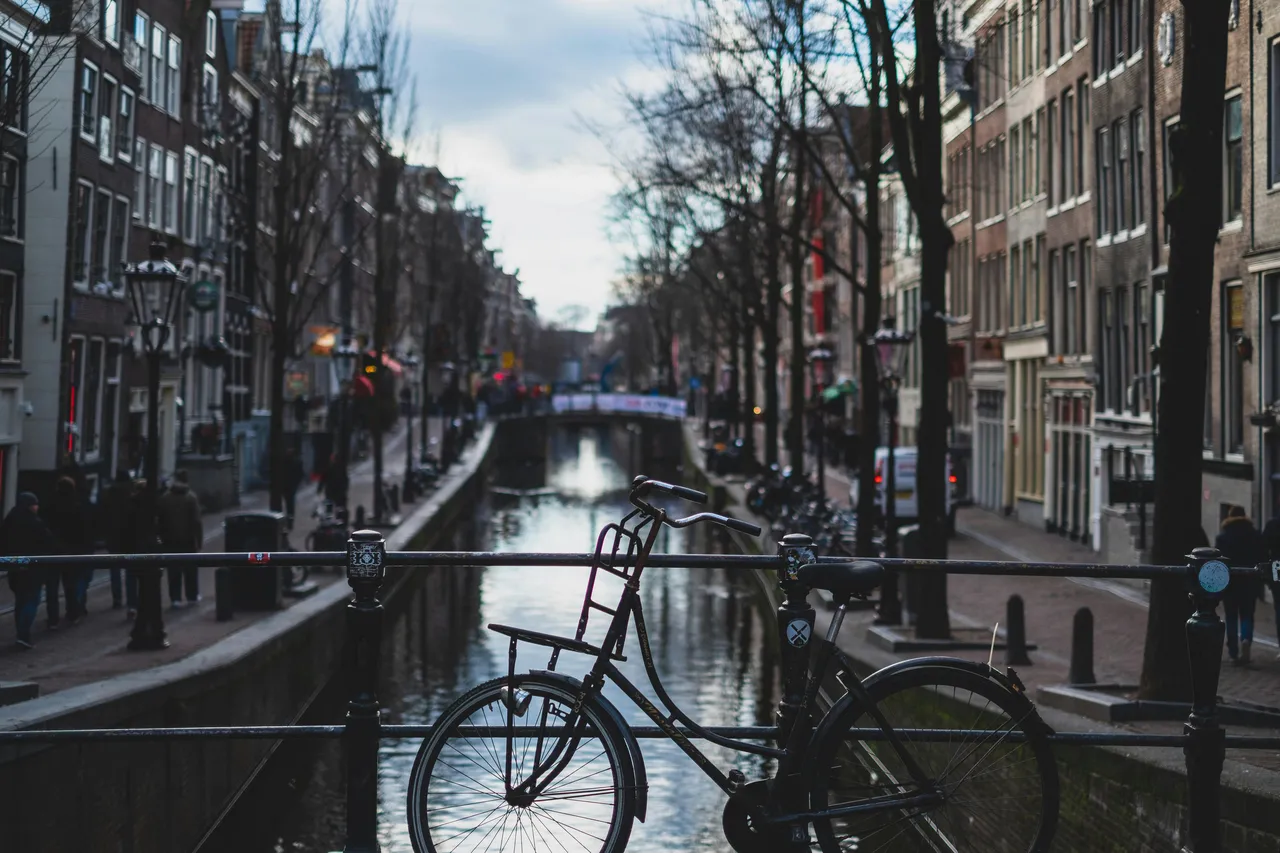
Roasters in Amsterdam
Districts in Amsterdam
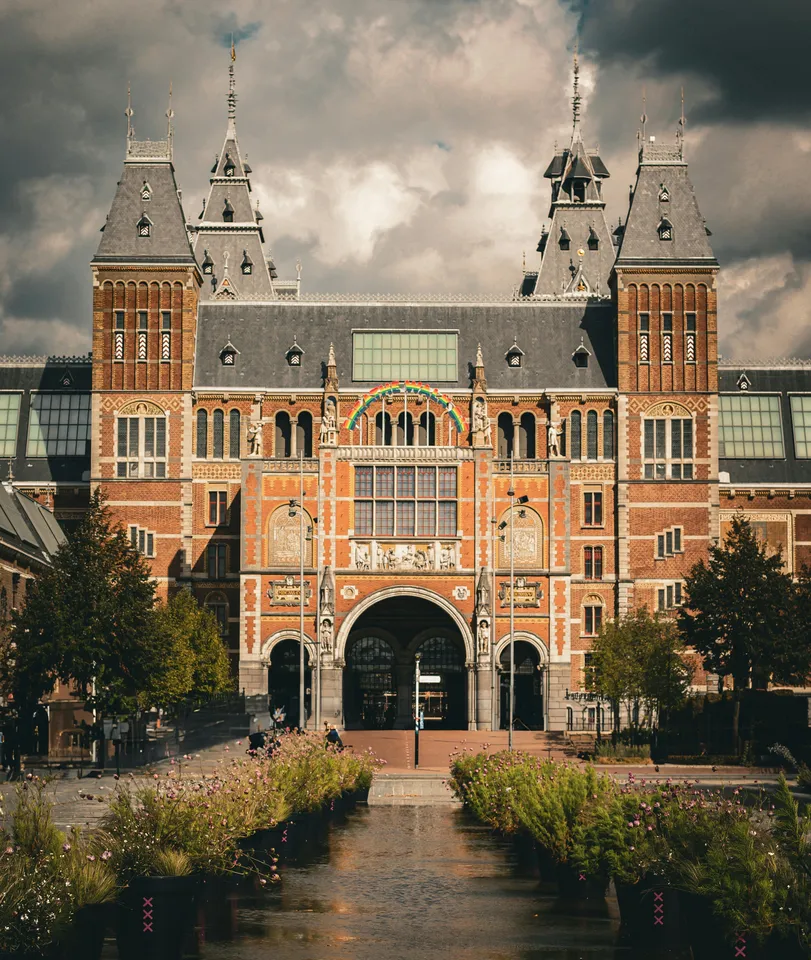
Zuid
Amsterdam Zuid verbindt De Pijp, Oud Zuid en Zuidas tot een levendige koffiescene. Van klassieke cafés tot specialty bars, met hotspots, cuppings en werkplek pop-ups. Duurzaamheid groeit via hergebruik van koffiedik, circulaire hubs en herbruikbare bekers, workshops en trainingen.
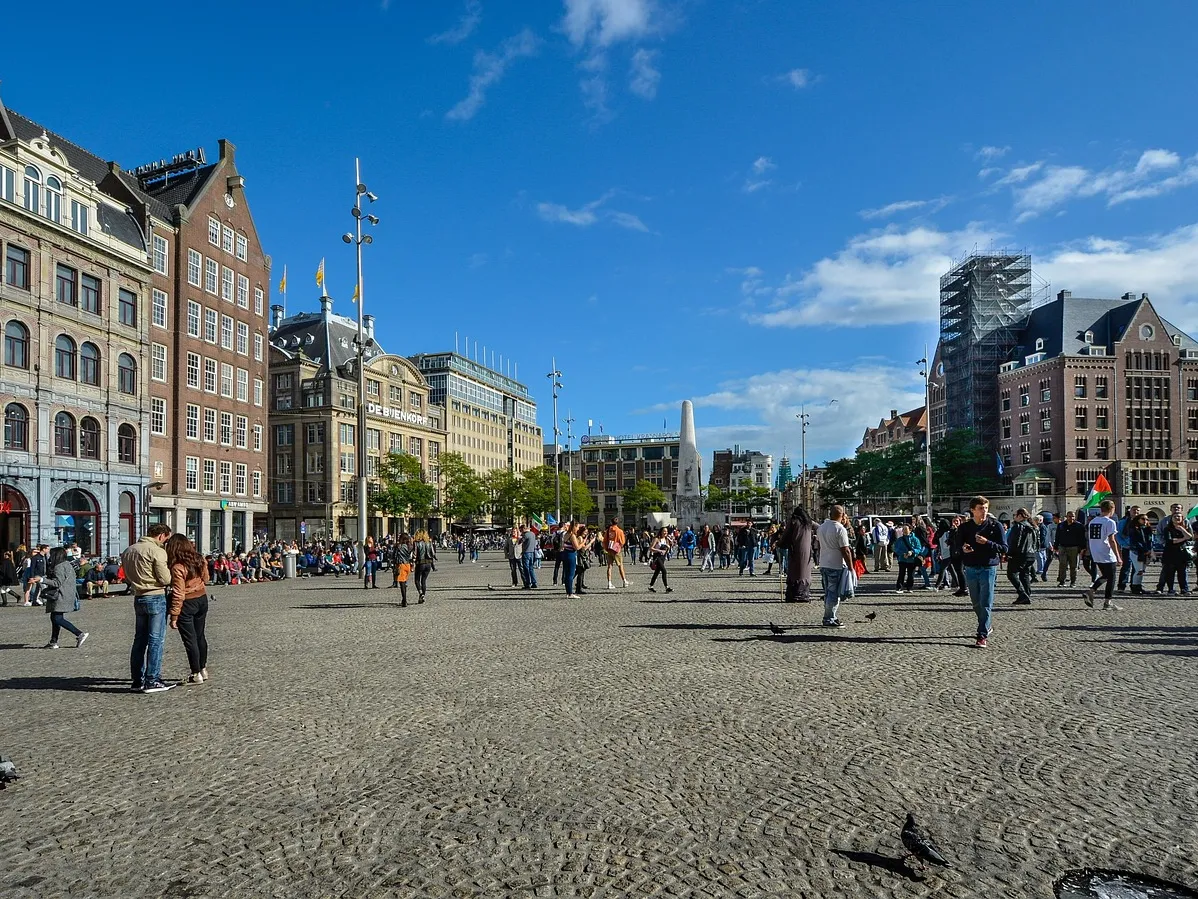
City Centre
Deze gids verkent koffie in Amsterdam Centrum, van 17e eeuwse koffiehuizen tot hedendaagse specialty bars, met hotspots als Bocca Back to Black Toki, community en festivals, groei van plantbased melk, duurzame initiatieven, en praktische tips voor positie en omzet nu
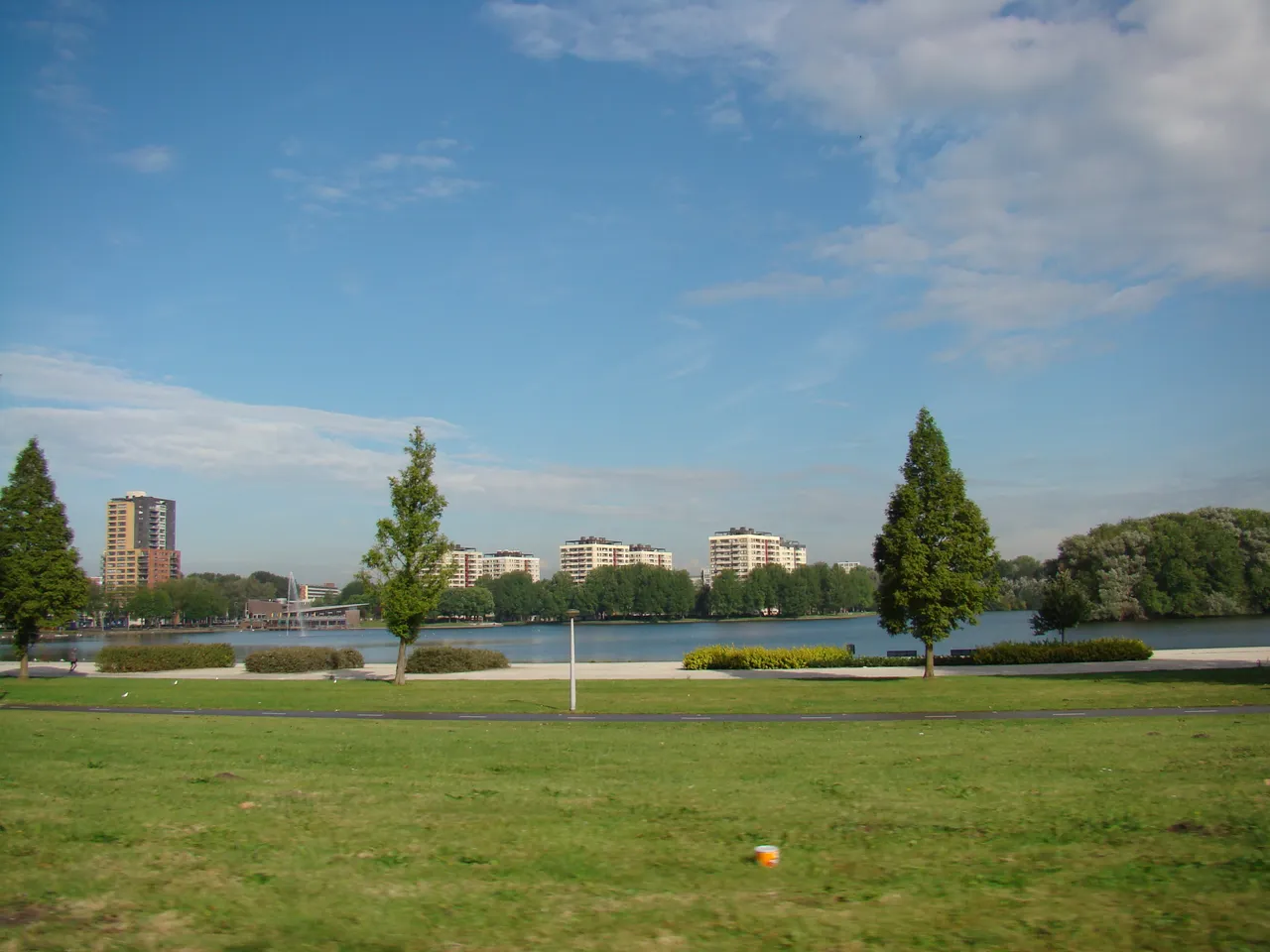
Nieuw-West
Nieuw West koppelt traditie en vernieuwing, van Coffeemania en Serifoglu tot RADION en markten op Plein 40 45. Divers publiek vraagt sterke Turkse koffie en lichte espresso. Nieuwe regels stimuleren hergebruik, Caffe Inc recyclet koffiedik, groei tot 2055 biedt kansen.
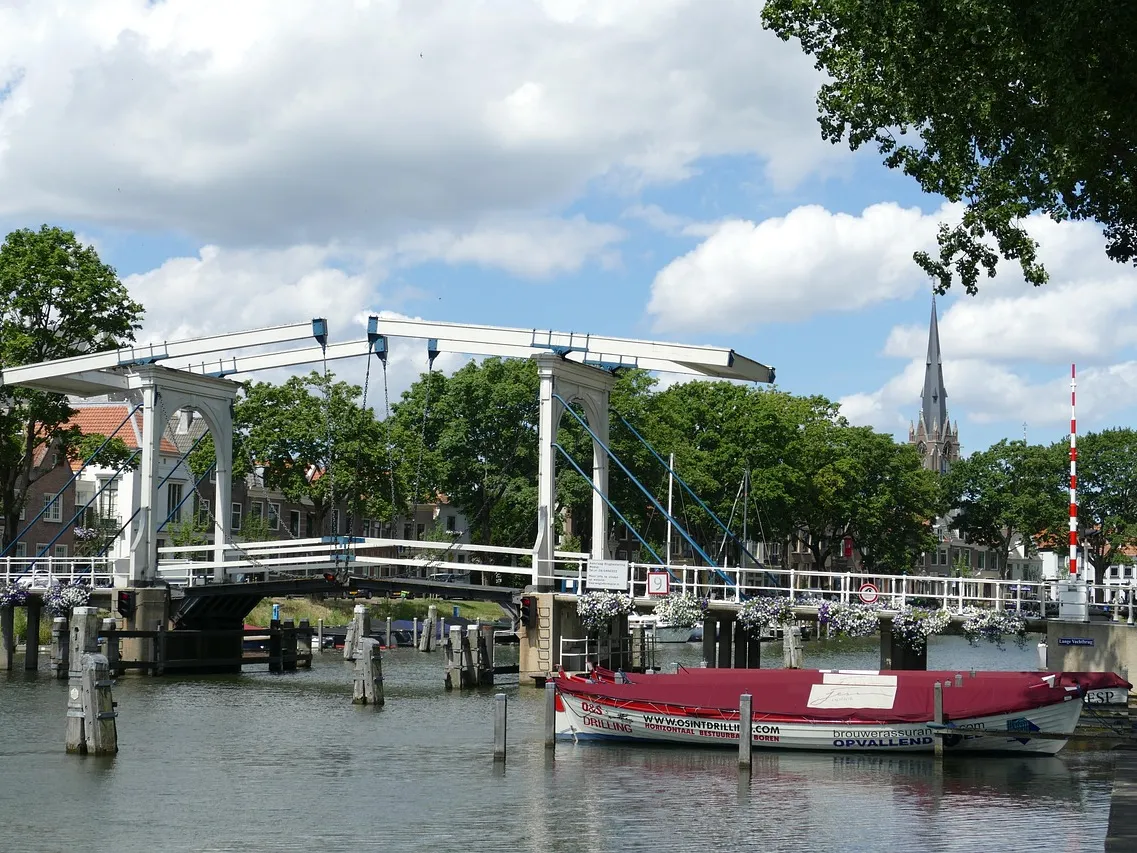
Weesp
Weesp koppelt historische koffieplekken aan moderne specialty. Lokale branders werken op hernieuwbare energie met proeverijen en SCA training. Erfgoed, Weespermop en waterkant kleuren de beleving. Community events en regels voor hergebruik maken de markt volwassen, toegankelijk voor bewoners en bezoekers
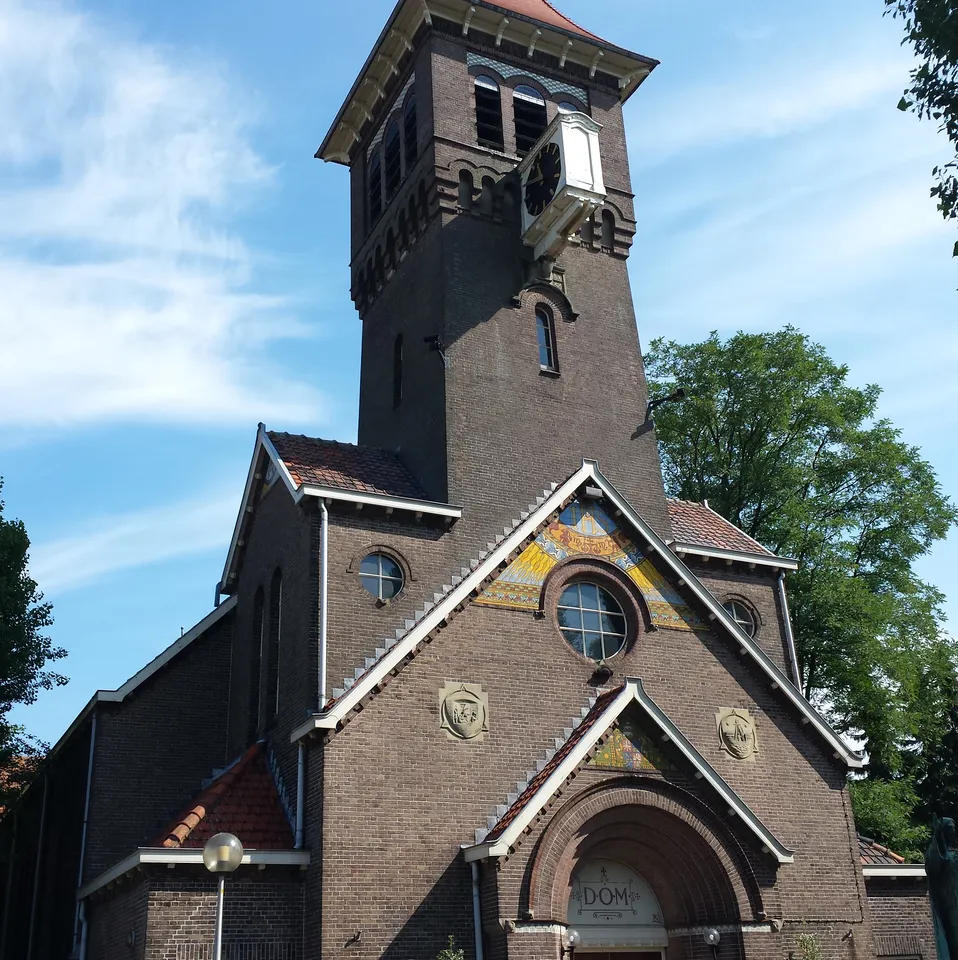
Diemen
Diemen groeit als koffiebestemming met compacte afstanden en sterke buurttoon, OurCampus en stations trekken studenten en forenzen, hotspots als Louffee Coffee en House of Bird bieden studieplekken en terrassen, duurzaamheid en koffiedikprojecten versterken de scene, piekuren vragen om snelle service
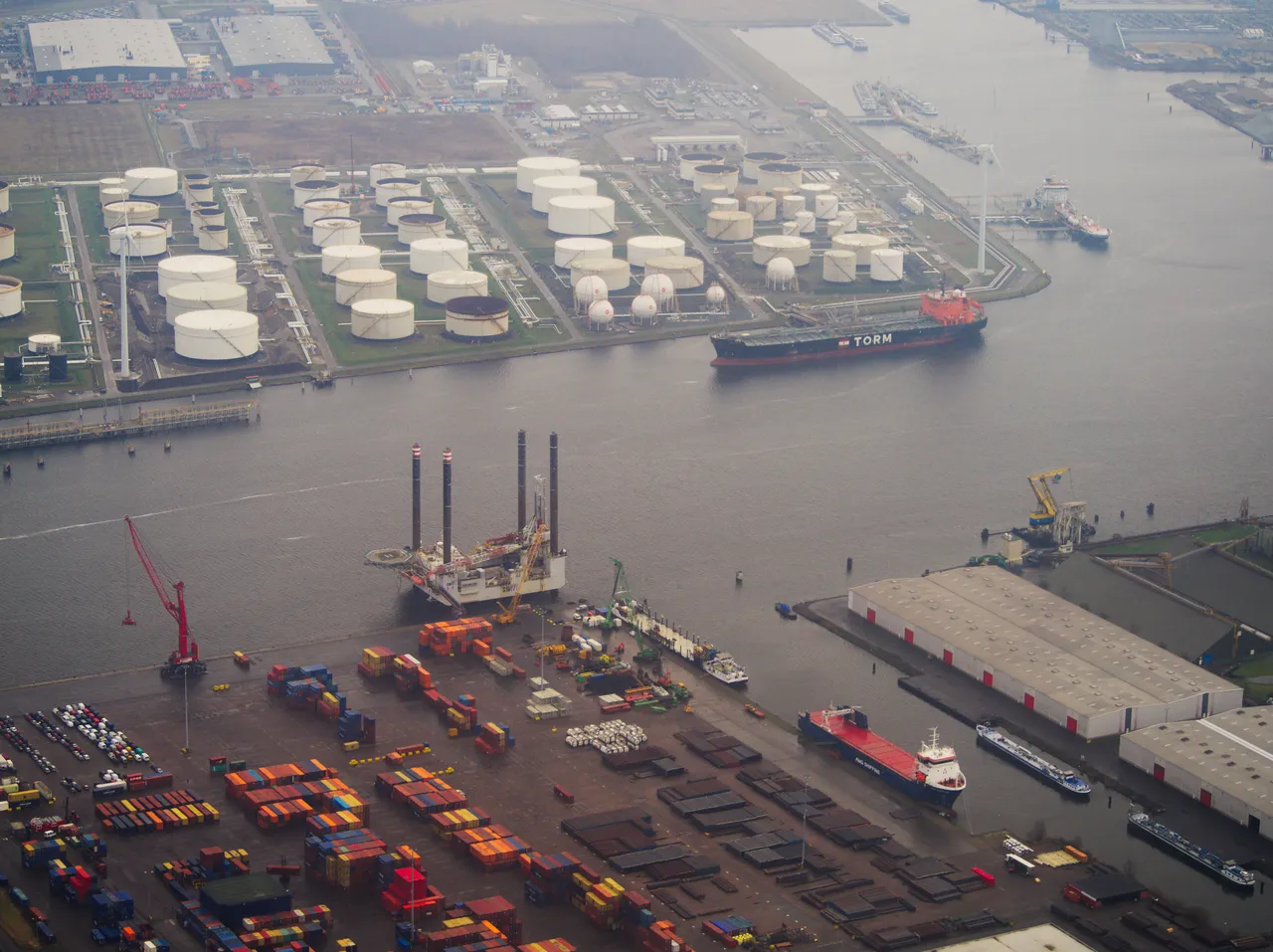
Westpoort
Westpoort ontwikkelt zich van doorvoerplek tot koffielandschap. Rond Sloterdijk groeien specialty hotspots, brunch en meetingplekken. Werknemers en hotelgasten vragen snelheid en constante kwaliteit, terwijl circulariteit met koffiedik en lokale partners kansen opent.
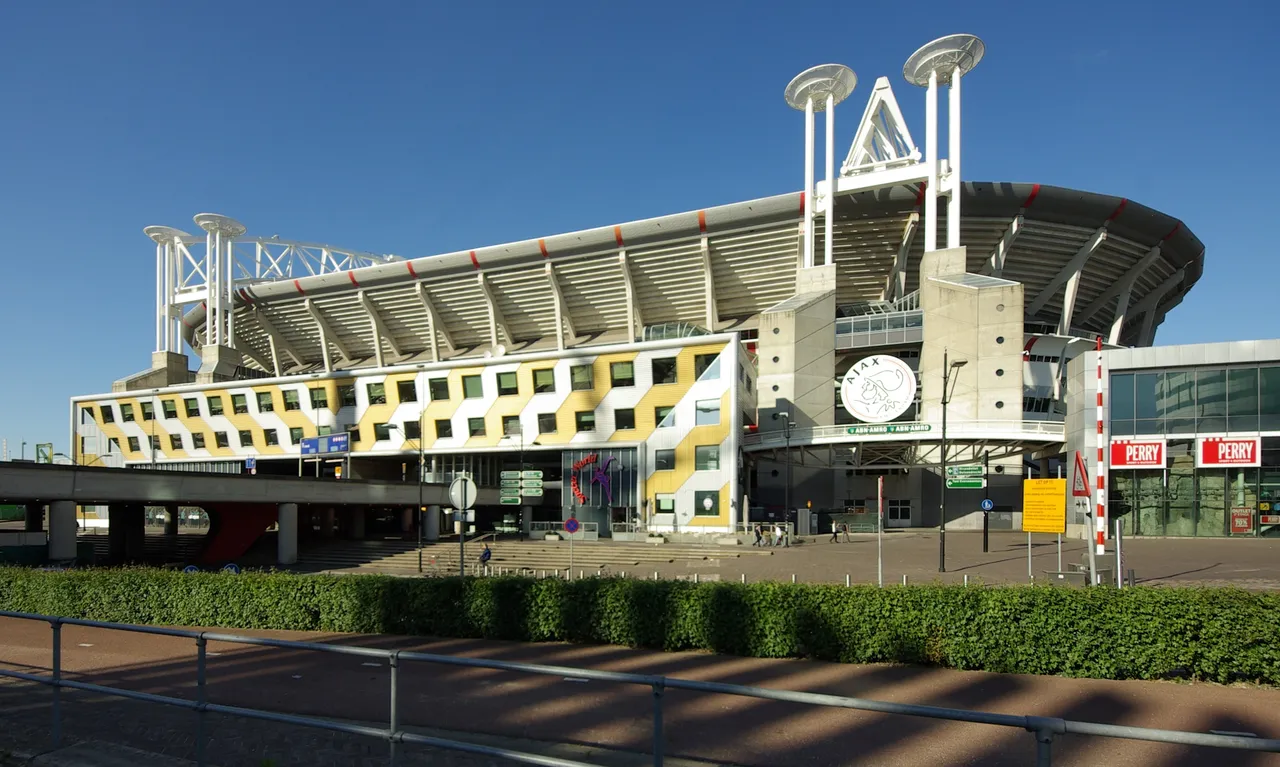
Southeast
Amsterdam Zuidoost leeft koffie, met specialty bars rond Bijlmer Arena en Amsterdamse Poort, Surinaamse en Caribische smaken, snelle to go rond stations, community rituelen bij Kwaku en in buurthuizen, focus op duurzame keuzes, ideale proeftuin voor koffieconcepten voor bezoekers vandaag
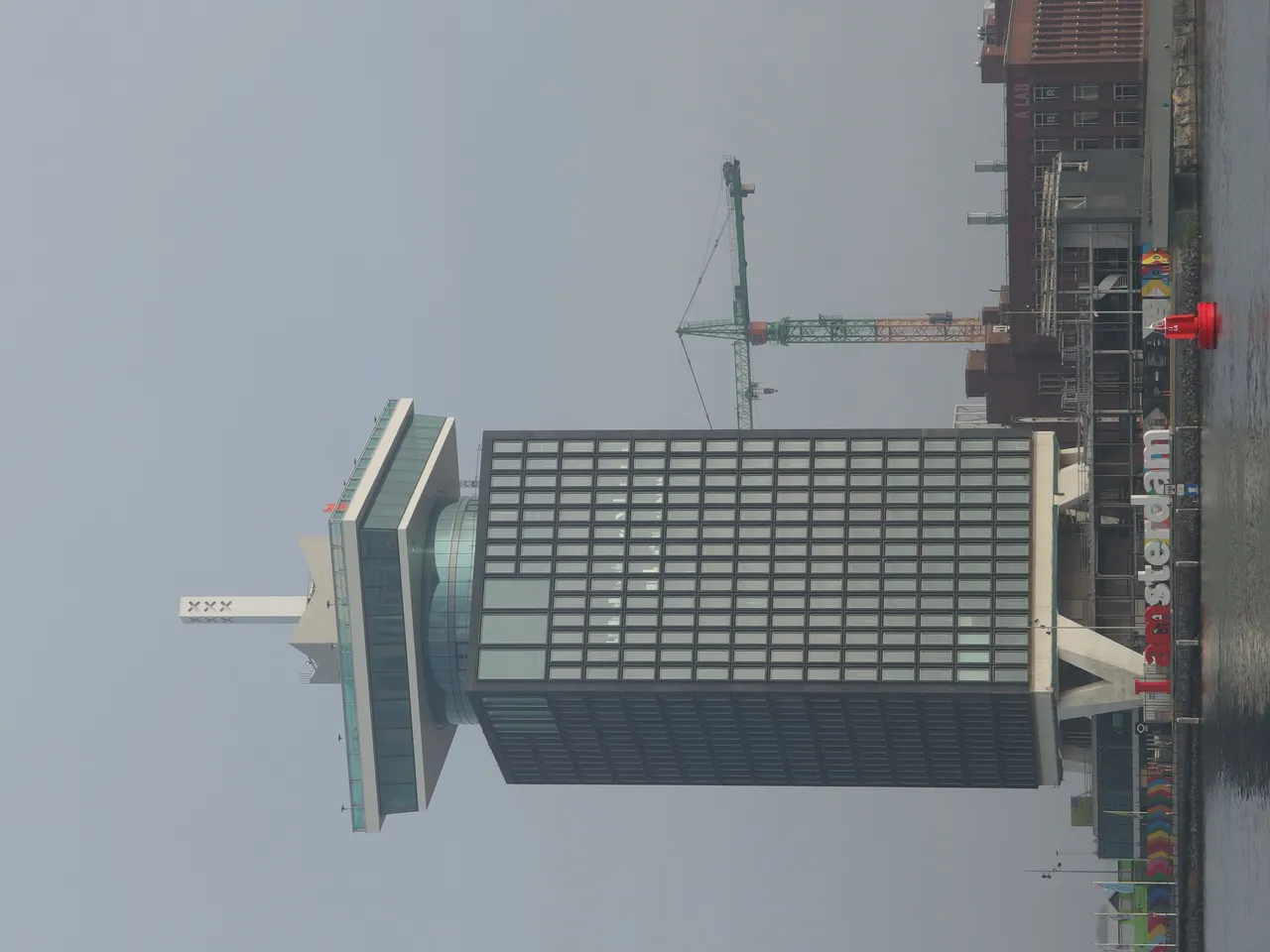
North
Amsterdam Noord kent een lange koffietraditie van herberg tot hippe bars. NDSM en Overhoeks trekken liefhebbers voor slow coffee en espresso. Bakkie pleur blijft naast single origin. Duurzaamheid groeit met koffiedikrecycling, plantaardige melk en communityochtenden en events in de wijk.
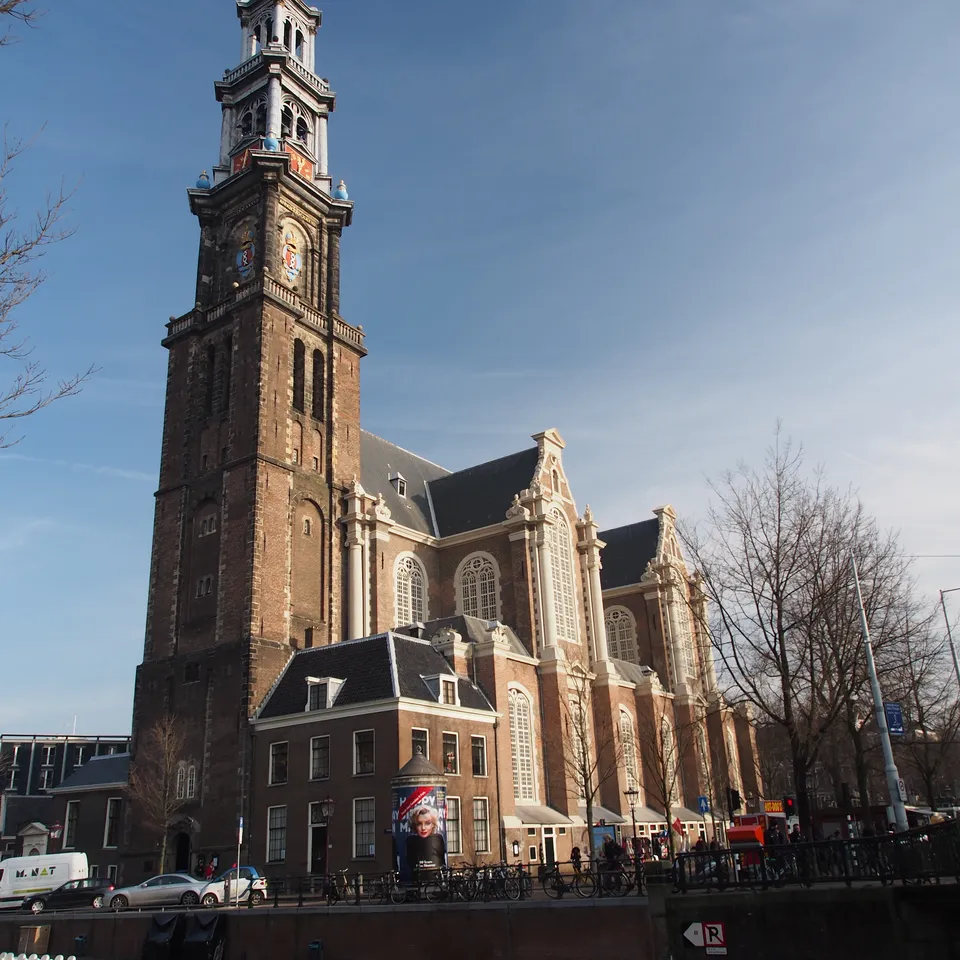
West
Amsterdam West breathes coffee history and innovation, from early neighborhood coffeehouses to trendy micro‑roasters. The district serves single‑origin beans, oat cappuccinos, 'nous nous' and green innovations. Taste inclusive festivals, international diversity and a growing sustainable awareness in every fragrant sip for all coffee lovers
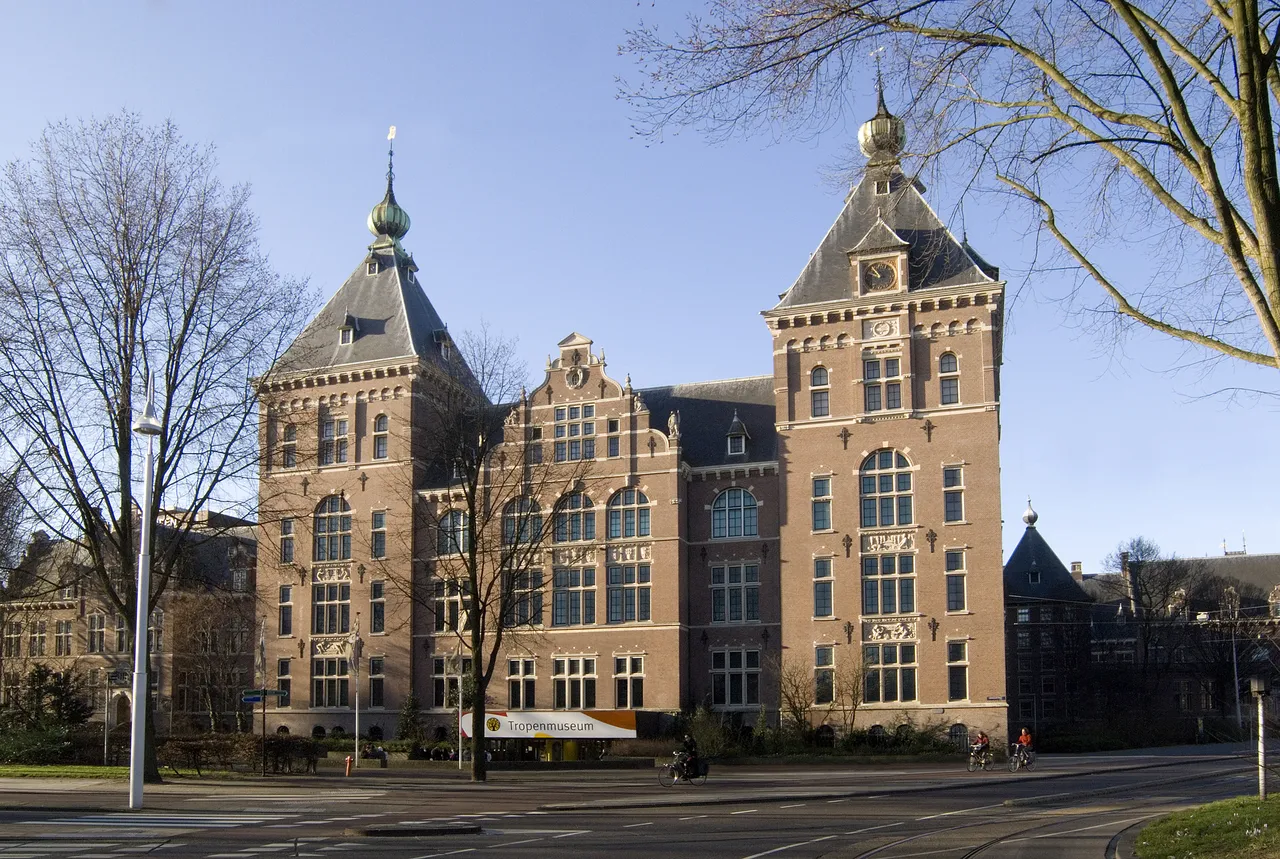
East
Amsterdam‑East breathes coffee, from Volksbond coffeehouses to third‑wave bars. Rum Baba roasts single‑origin beans, Dappermarkt trades stories over cups, Caffe Inc. reuses coffee grounds. Old rituals and new flavors connect the neighborhood daily in cafés, markets and living rooms with every steaming sip.
More about Amsterdam
Introduction
Historical roots of coffee in Amsterdam
Contemporary coffee bars and roasters
- Back to Black started in a cosy canal house and expanded into West.
- Friedhats FUKU Café serves experimental Panama Geisha for €12 per cup.
- Lot Sixty One aims for fully circular roasting and monitors water use on plantations.
- Rum Baba combines a bakery and roastery and offers free workshops every Wednesday.
Annual events that nurture the scene
- Pop‑up cuppings: cafés host informal tastings and throwdowns throughout the year.
- World Championships: in 2018 the RAI hosted almost 11,000 professionals during World of Coffee, strengthening Amsterdam's international standing.
